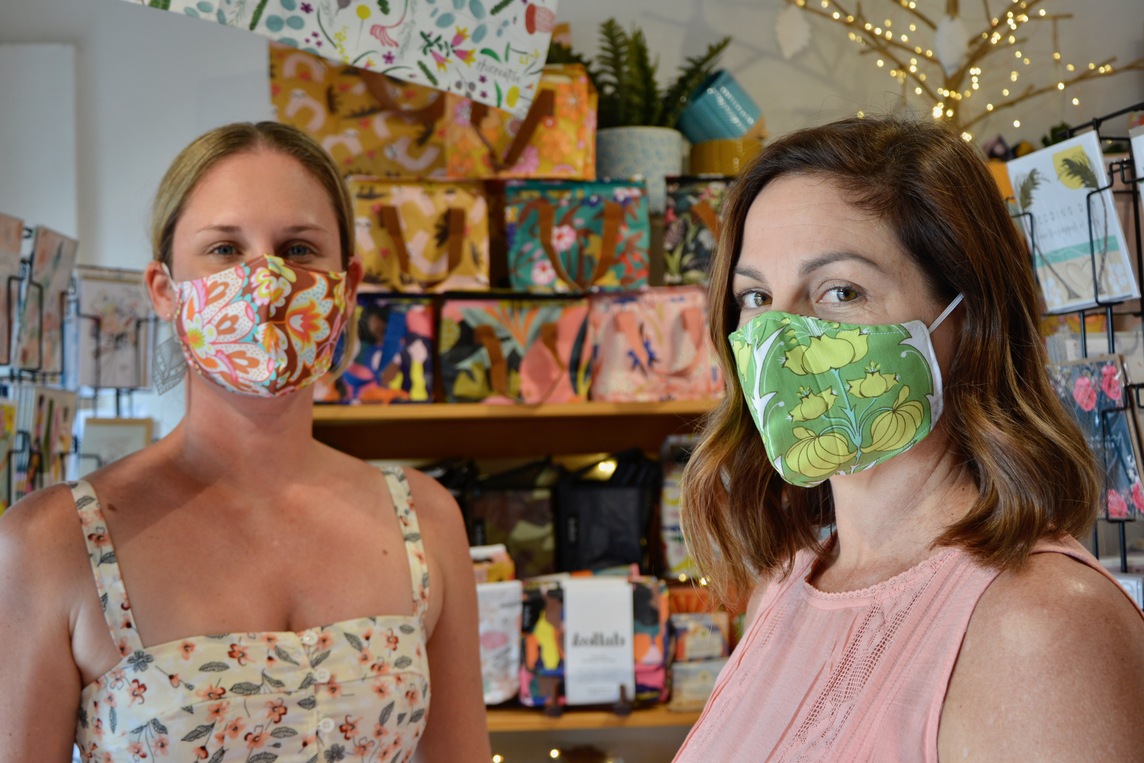Are we mask-ready?
COVID-19 | LOCAL PROFESSIONAL ADVICE

In a recent poll on Newsport’s Facebook page, opinions were split when asked if residents would wear a mask in public if directed by the Queensland Government.
This made me think, we do need to talk about masks so that we are prepared when and if the time comes.
So what benefit does wearing a face mask in public have?
There is little doubt that face coverings - together with social distancing and good hand hygiene - are helpful in containing droplets when people cough and sneeze. It reduces the likelihood of spreading the COVID-19 virus as many international studies have shown.
Wearing masks in public is not a novelty - anybody in Japan with a slight common cold uses a mask out of respect for other people. Most Japanese people would not even blow their nose in public. Wearing a mask if you are sick (or if you could be sick) helps not only to fight the spread of COVID-19, but it will also help to reduce spreading of other viruses such as the influenza or the common cold.
The National Notifiable Diseases Surveillance System NNDSS has recorded a record low of confirmed influenza cases between March and July - it would be safe to assume that our increased social distancing behaviour and improved hygiene contributes to this positive trend.
How does a facemask need to be designed?
There are two types of masks, disposable and reusable cloth masks.
Reusable cloth masks seem to be a good choice as they are better for the environment and also allow for more creativity and fun.
The government recommends a three layered mask, however, any type of covering is technically allowed as long as it includes the nose and mouth - which means, if necessary you can use a bandana or a scarf.
However, for your own best protection the following points might be helpful:
- Make sure the mask feels snug but not too tight.
- The inner layer should be a water absorbable material such as cotton ( I recommend organic and undyed fabric as it comes into contact with your skin).
- A cotton blend for the middle layer.
- The outer layer should be a water repellent fabric.
- You should be able to wash your face mask at 60 degree Celsius.
- Avoid touching the outer and inner surface of the mask when taking the mask down.
- Wash your hands before and after handling the mask.
The government has published guidance if you like to make your own cloth mask.
The face masks we are talking about are not the kind of masks medical staff needs to wear and they are not horrible respirators either. In fact, there is already an abundance of online shops offering reusable cloth masks in any style and fashion you can imagine and I am sure, shortly we will be able to purchase beautiful, locally made masks.
With the benefit of wearing a mask even beyond COVID-19 - we should probably find ways to mindfully adapt to this habit. After all, if wearing a mask in public will help to ease the burden of this (and any future) pandemic - I find this is a very small price to pay.
Submit a letter to the editor here.
* Readers are encouraged to use their full details to ensure letter legitimacy.
Send news tips and videos here
* Comments are the opinions of readers and do not represent the views of Newsport, its staff or affiliates. Reader comments on Newsport are moderated before publication to promote valuable, civil, and healthy community debate. Visit our comment guidelines if your comment has not been approved for publication.

